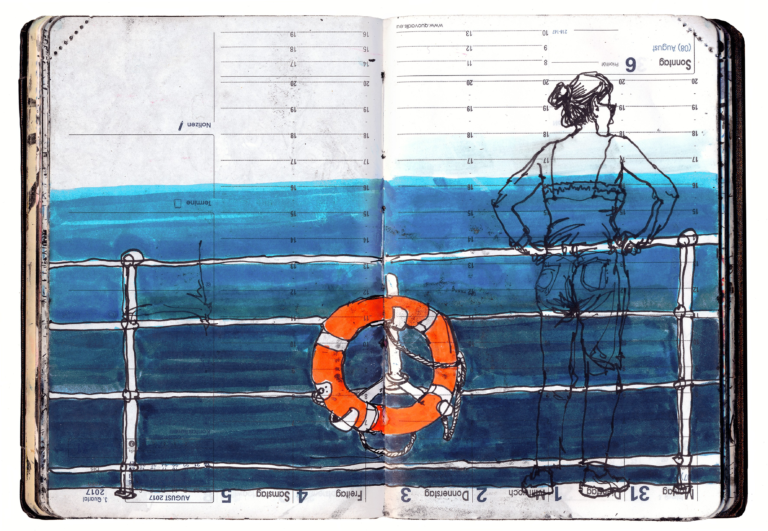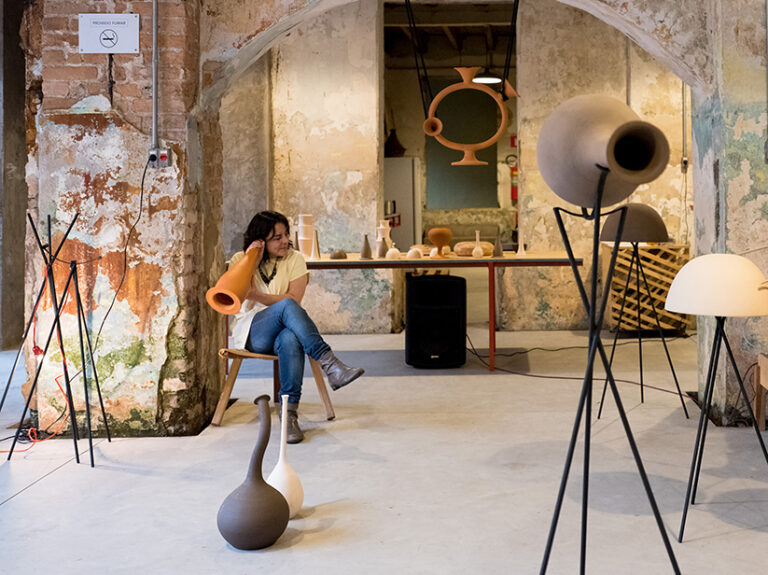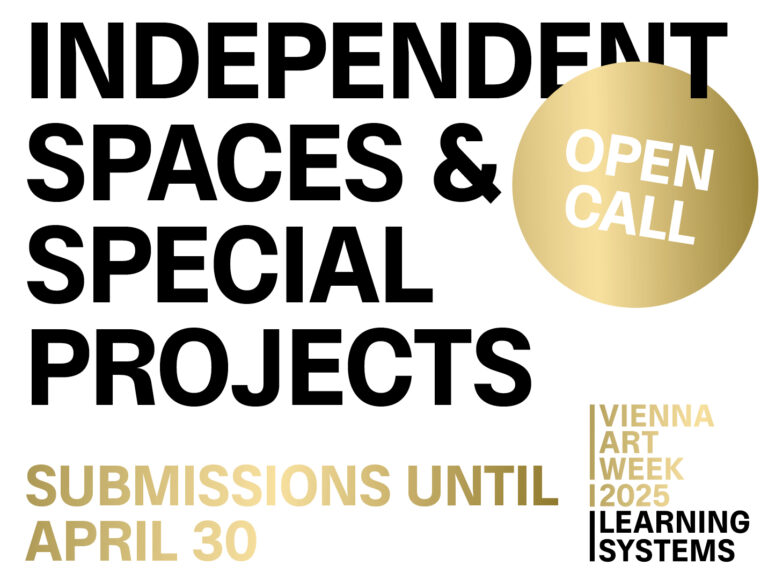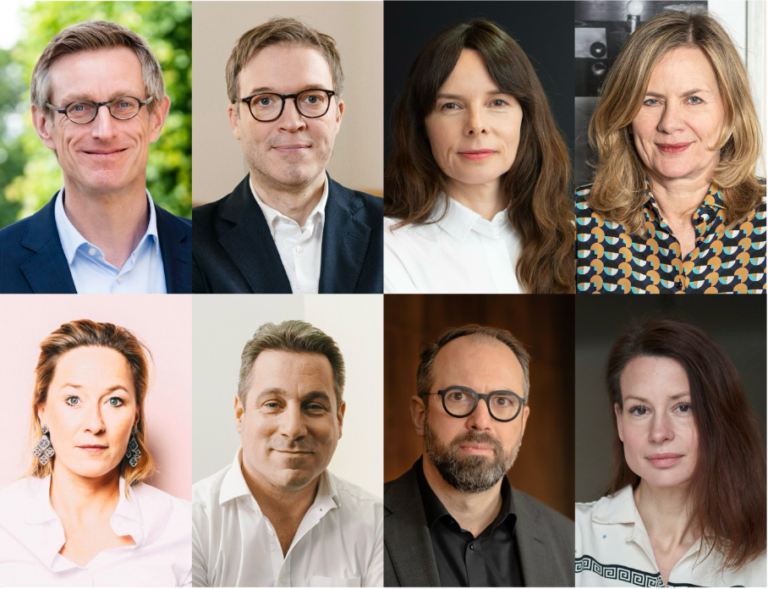How do our directors see the role of their institutions as ‘LEARNING SYSTEMS’? – Part 2
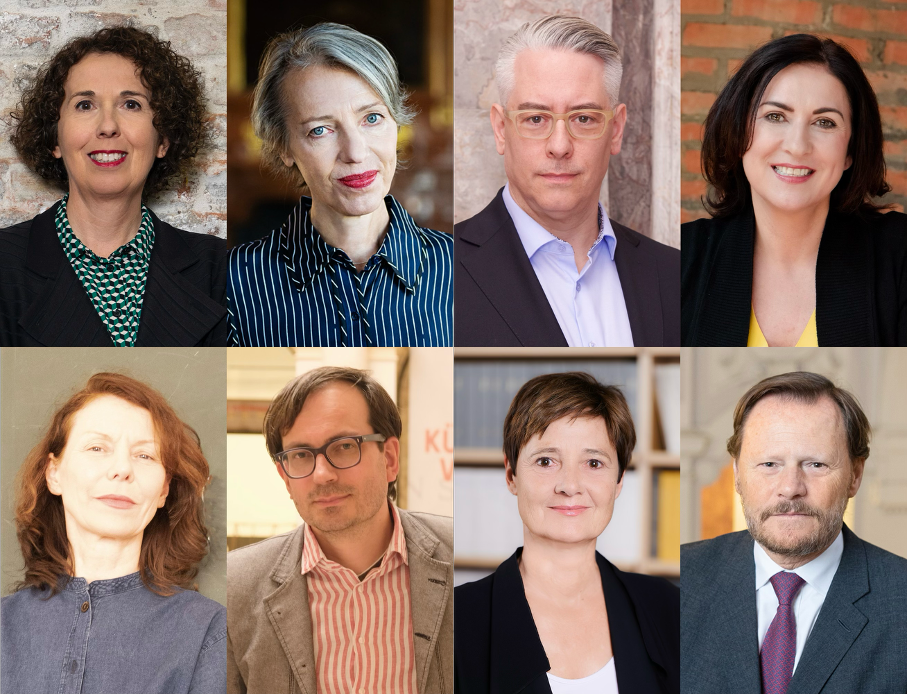
VIENNA ART WEEK is organized by Art Cluster Vienna – an association of some of the most important art institutions in Vienna. We asked our members: What does “Learning Systems” mean for your institution? Here are their answers.
Director
Architekturzentrum Wien

© Photo: Katharina Gossow
“Learning Systems” requires the courage to unlearn.
The built environment is the largest joint venture in human history. While construction has long been co-designed by everyone, we have been experiencing a fragmentation of knowledge since the modern age and, as a result, a marginalization of “making” knowledge. We can confidently unlearn this and rethink building: together, fairly and in harmony with our planet.
General director
Belvedere
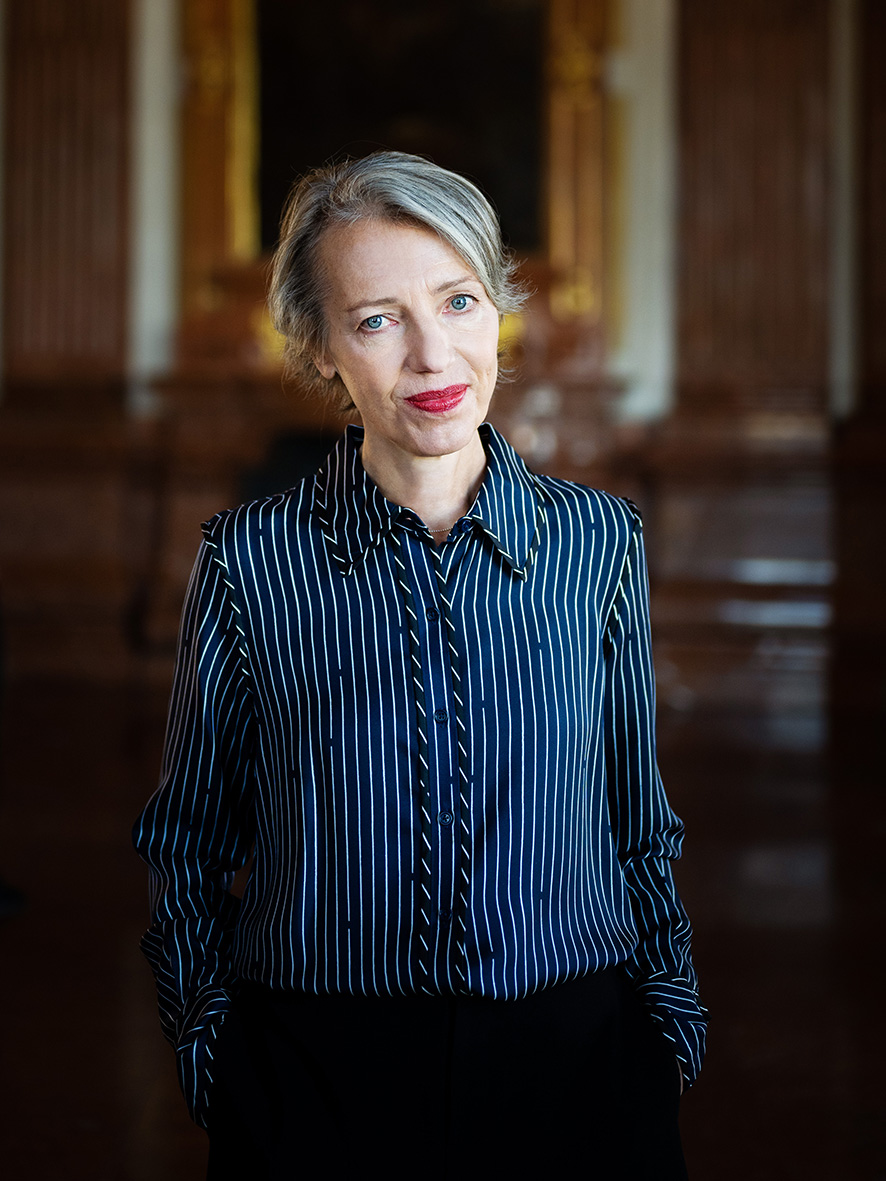
Photo: Gianmaria Gava / Belvedere, Wien
The Belvedere considers itself a learning institution: we impart knowledge with and about art—and learn by engaging in dialogue with society, artists, and the public.
Through our programs, we challenge historical narratives, promote diversity, and create spaces for new perspectives. Initiatives such as Civa, our conference on the museum in the digital age, along with our interactive games, demonstrate that, for us, Learning Systems mean preserving knowledge and collaboratively shaping transformation.
Managing Director
DOROTHEUM

© Raimo Rumpler / Dorotheum
The term “learning systems” has been on everyone’s lips since OpenAI. Yet artists, art itself, and its diverse institutions have long been applying this principle. The many forms of collaboration within Vienna’s art scene – not least embodied by the VIENNA ART WEEK – illustrate impressively that the best way to evolve is by learning with and from one another.
Artistic director
KÖR Kunst im öffentlichen Raum Wien
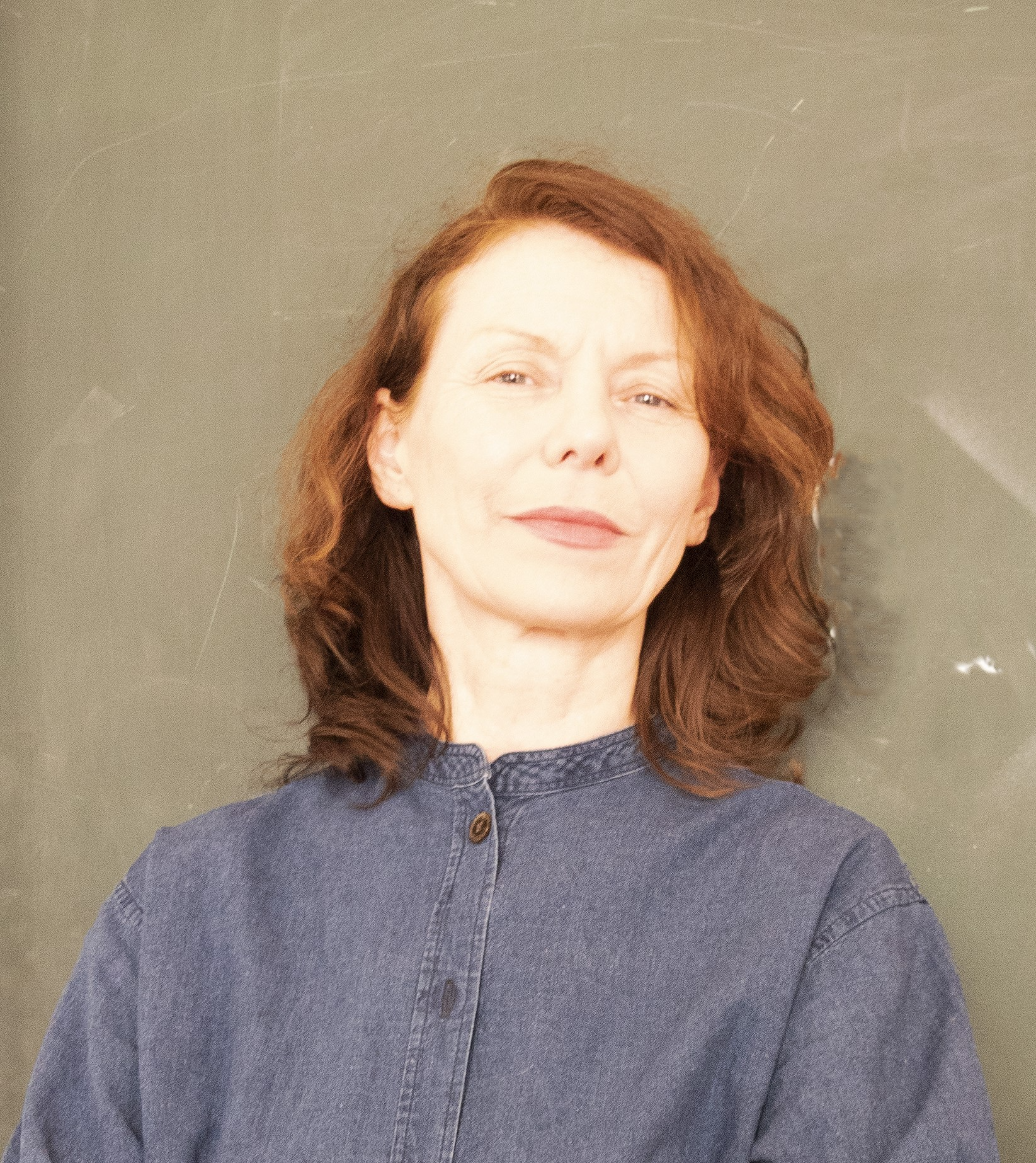
Photo: Thomas Kreuz
When art enters the public space of a city, it becomes part of a living system – imaginable as a supernatural rhizome, as an organism consisting of an endless succession of actual states.
The way in which this system is capable of learning as a collective is illustrated by the footpaths that develop naturally over time in areas not yet urbanised.
A city that is too regimented cannot become an organism and therefore cannot learn. This is where Public Art comes in.
Artistic Director
Künstlerhaus Vereinigung
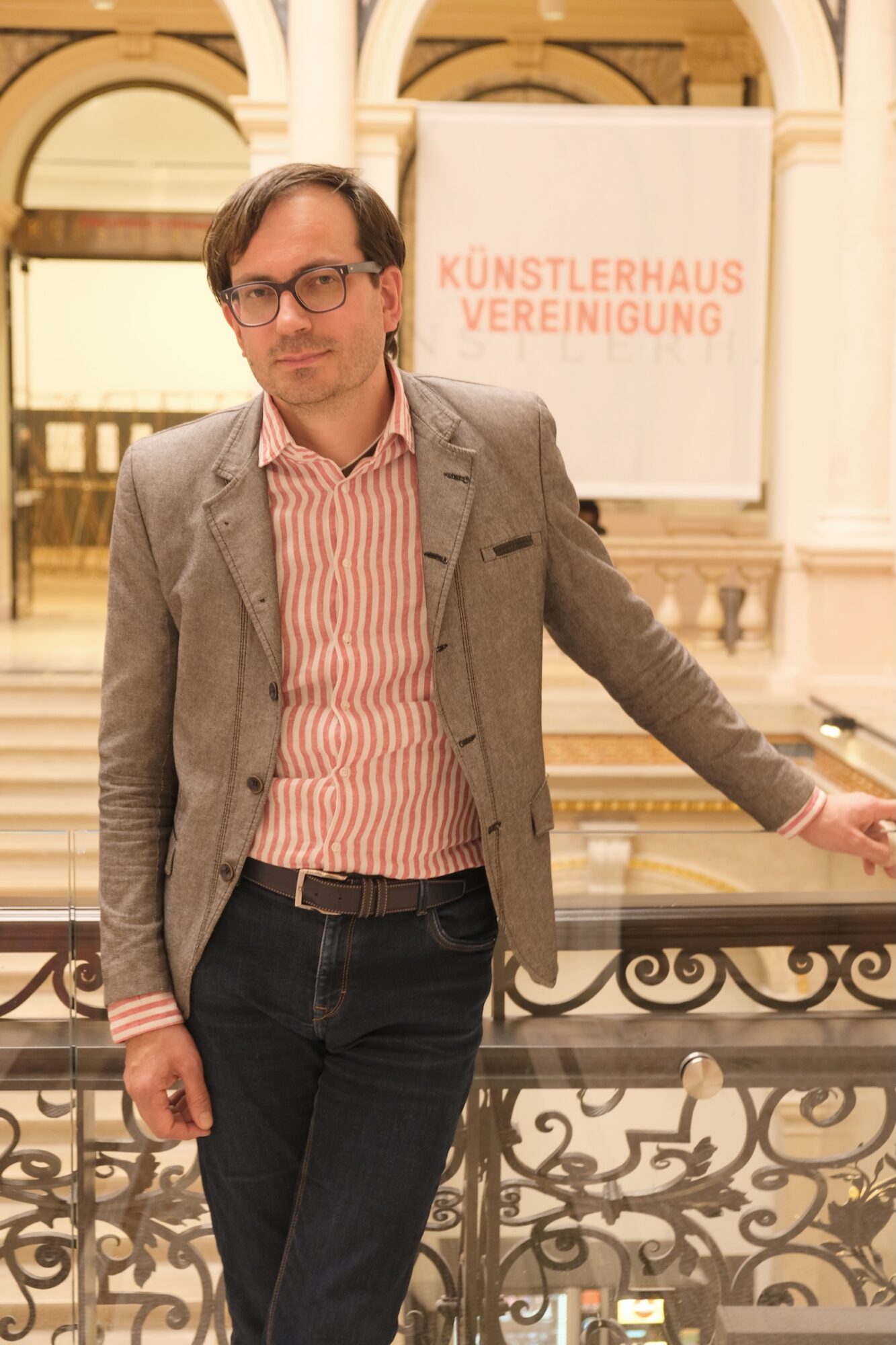
Photo: Irina Pozdorovkina
We learn throughout our lives. But isn’t it worthwhile to question what we have learned?
The potential of art can lie in unlearning certainties, in thinking differently about life, society and systems.
A change of perspective in thinking and acting that enables new, alternative points of view.
Director
KunstHausWien. Museum Hundertwasser
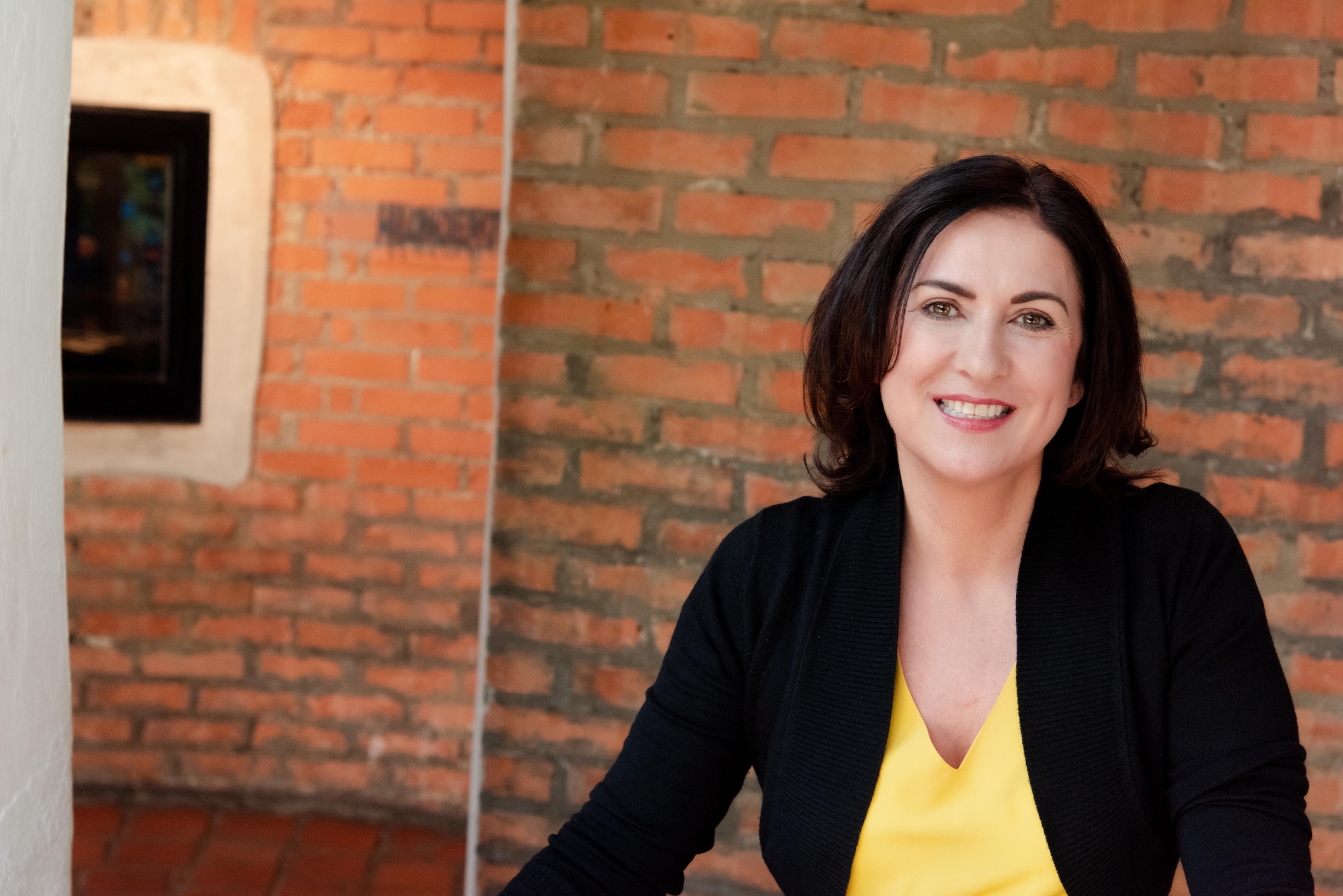
Photo: Sabine Hauswirth
Nature is the largest learning system and, at the same time, a living textbook.
Whether we learn from it determines what happens in the future: Do we learn with nature or do we ignore it?
Learning from nature is a relationship that invites us to rethink our place in this system—not as rulers, but as co-inhabitants of a vulnerable whole. Our (green) museum offers a place of learning for the future.
General Director
Kunsthistorisches Museum Wien & Weltmuseum Wien & Theatermuseum
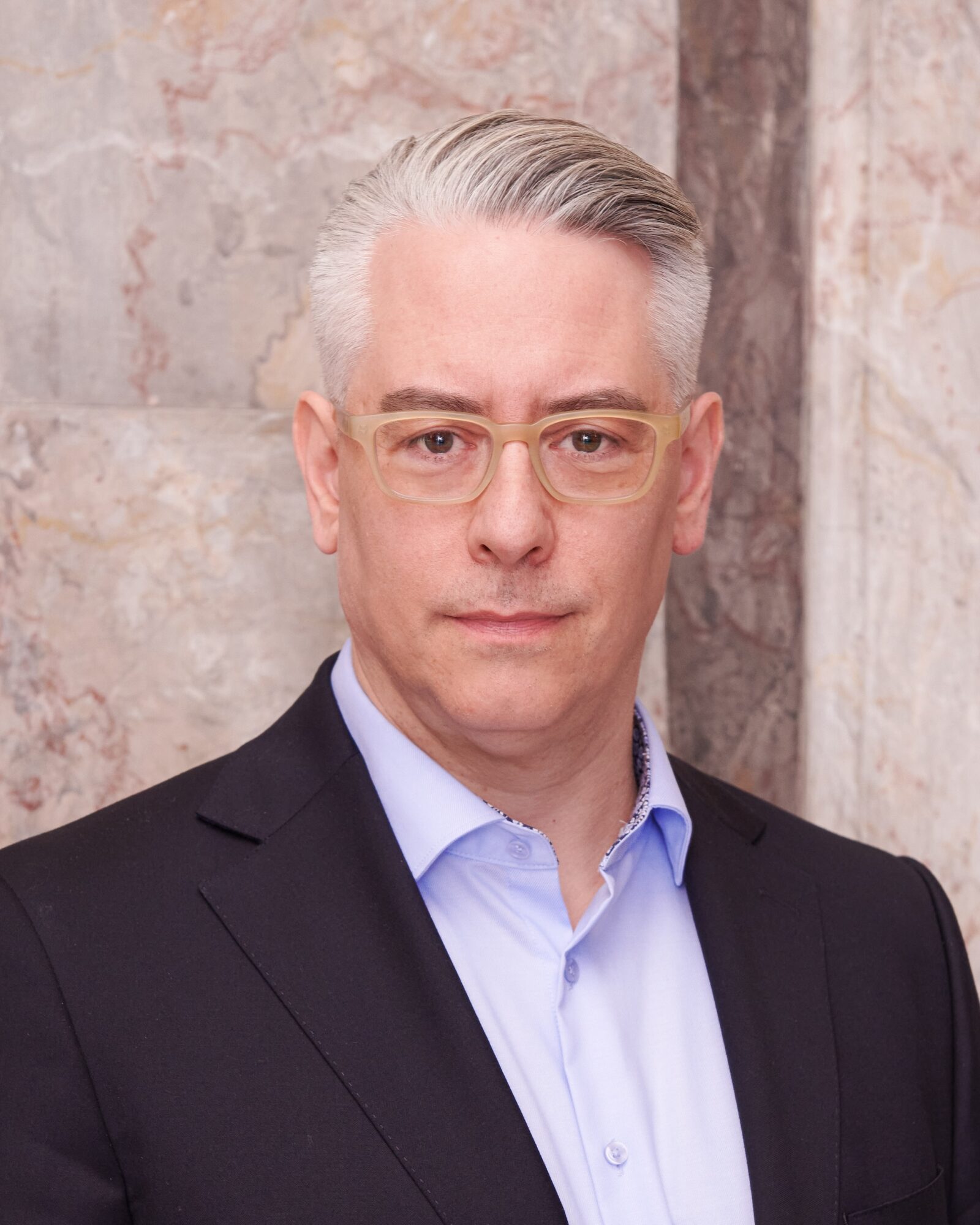
© KHM
In the three museums of the KHM Museum Association (Kunsthistorisches Museum, Weltmuseum Wien, Theatermuseum), art and culture from 5000 years ago are in dialog with the present.
The museums form spaces in which learning is actively promoted as a bridge between visitors and the diverse topics covered in the collections, which span (world) history.
Director
Sigmund Freud Museum

© Martin Hörmandinger
Contemporary art production and its institutions are themselves learning systems. This is evident in the variety of their socio-political interventions.
They are seismographic in their grasp of world events, relentless in their documentation, critical in their self-observation and process-oriented in their constant change, driven by the idea that the avant-garde can become everyday life.
